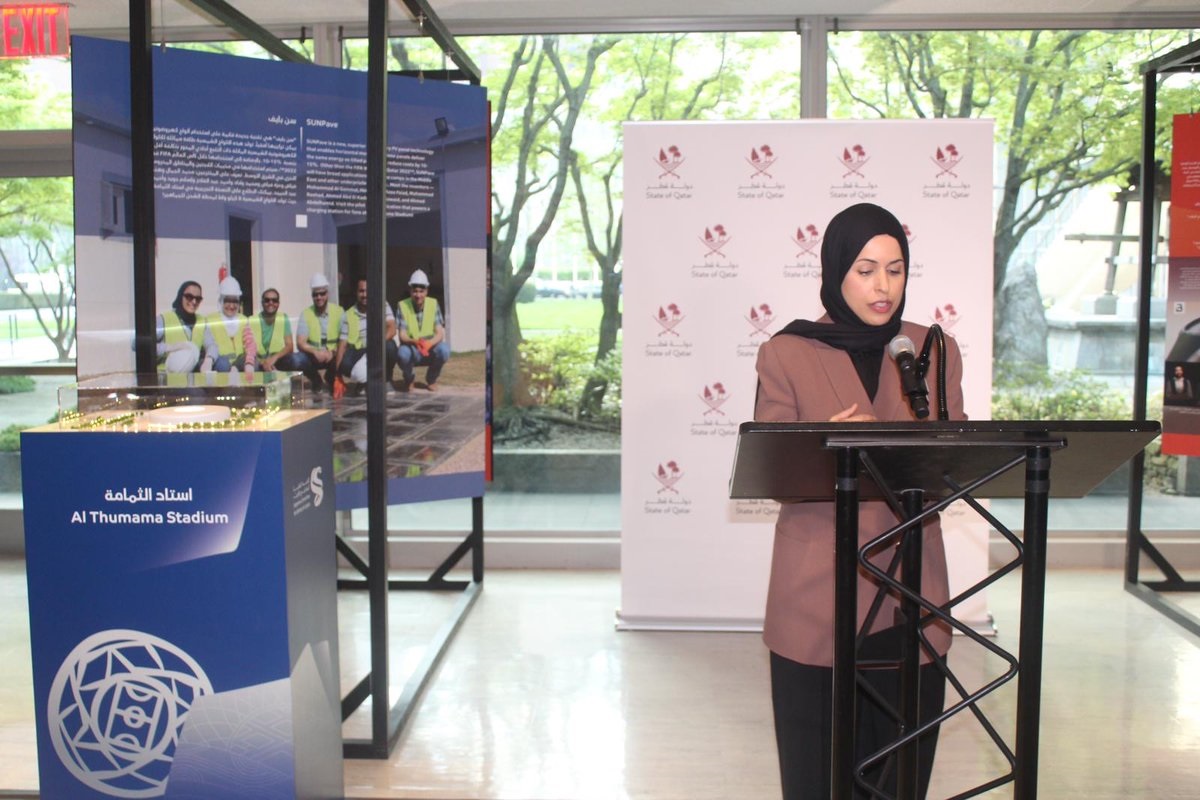[ad_1]
More than 1.35 million fatalities occur every year globally on the road, and millions more sustain serious injuries.
A staggering one in five drivers in Qatar use their mobile phones while commuting daily, a new survey by Qatar University has found.
The institution’s Transportation and Traffic Safety Center conducted an online survey that included 256 respondents in total. Out of the total number, only 13% said that they never used their mobile phones on their last 10 driving trips, a dangerous indication in terms of road safety.
Several recent investigations and reports have revealed that mobile phone use while driving seriously affects traffic safety and response time in terms of emergencies.
A study by Taiwan’s National Highway Traffic Safety Administration study estimates that driver distraction in all of its various forms contributes to around 20 to 30% of all road crashes.
In 2021, traffic authorities in Qatar revealed between 80%-90% of traffic accidents occur due to the usage of phones while driving, especially on highways. However, accurate estimation is challenging to obtain given that it is hard to know the behavior of a driver prior to the crash.
Road accidents generally continue to rise. In the last year, road accidents in Qatar have increased by 33.2% in December 2021. According to the Qatari government portal, Hukoomi, the annual increase in traffic accidents in Qatar went up by 13%.
Several other reports revealed that the use of mobile phones impairs the perception of gaps in traffic, reduces mirror checks in light traffic, slower responses to headway changes, and increases the variance of steering wheel movements. This significantly increases the chance of fatal road accidents and put thousands of people in danger daily.
In fact, road accidents are one of the leading causes of death globally. The World Health Organisation (WHO) stated that individuals who use mobile phones while driving are approximately four times more likely to be involved in a crash than those who don’t.
Road accidents represent the eighth leading cause of death globally. Every 24 seconds a person is killed on a road somewhere around the world.
In total, an estimated 1.35 million people die on the roads annually, while around 50 million suffer serious injuries. Such consequences tragically impact families and communities and irrevocably change people’s lives.
Road traffic injuries are also the leading cause of death amongst children and young adults between the age of five and 29.
HOW SAFE ARE QATAR’S ROADS?
Qatar’s firm traffic regulations and high-tech speed trams have placed it ahead of many countries in reducing its road accident fatalities.
Statistics World Bank revealed that deaths caused by road accidents in the Gulf nation have dropped significantly between 2000 and 2019. The average number of deaths reported per 100,000 of the population was 31.2 in 2000, decreasing to 7.3 in 2019.
The reduction in mortalities comes as Qatar’s population continues to grow. The country’s population was 592,467 in 2000 and reached 2,826,286 in 2022. In the last decade, Doha witnessed a 61% drop in traffic-related fatalities.
Road accident deaths in December 2021 also fell by 47.6% in comparison to the same period in 2020, according to Qatar’s Planning and Statistics Authority (PSA).
ONGOING EFFORTS
The Gulf state has had enormous success in reducing road accident fatalities, a hopeful indication that has been attributed to the Qatar National Road Safety Strategy 2013-2022.
When launched, the strategy aimed to reduce car accident fatalities from 13 deaths per 100,000 people to six by 2022. With five years to spare, the country achieved its goal. In time for the World Cup, Qatar plans to achieve an additional 25%.
Over the past decade, authorities have been installing advanced CCTV cameras and speeding traps that can also report usage of phones in signals.
The footage can allow law enforcement to identify drivers who commit serious traffic violations.
[ad_2]
Source link

















Leave a Reply